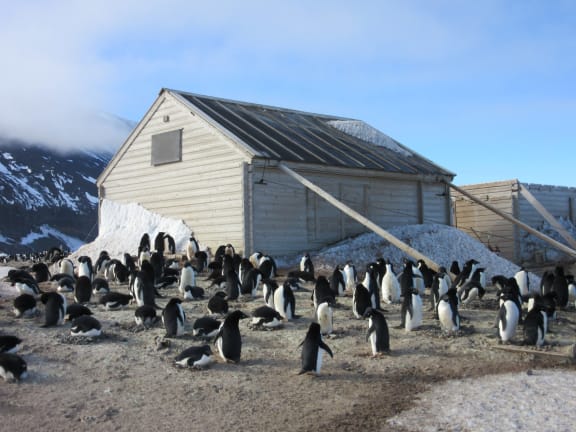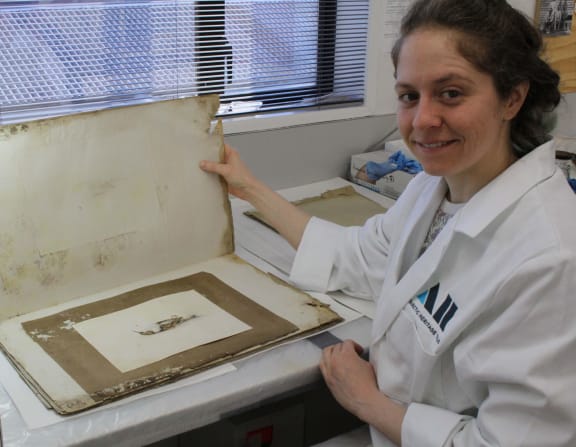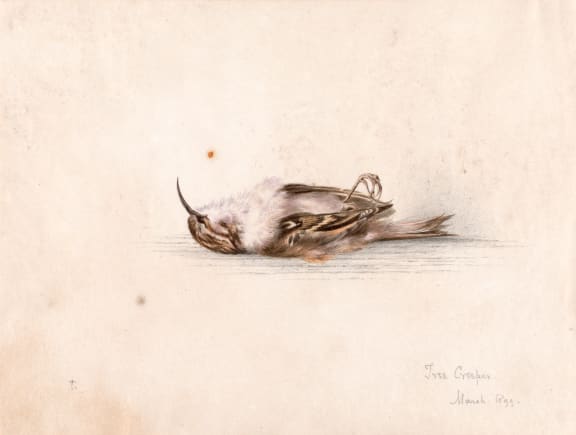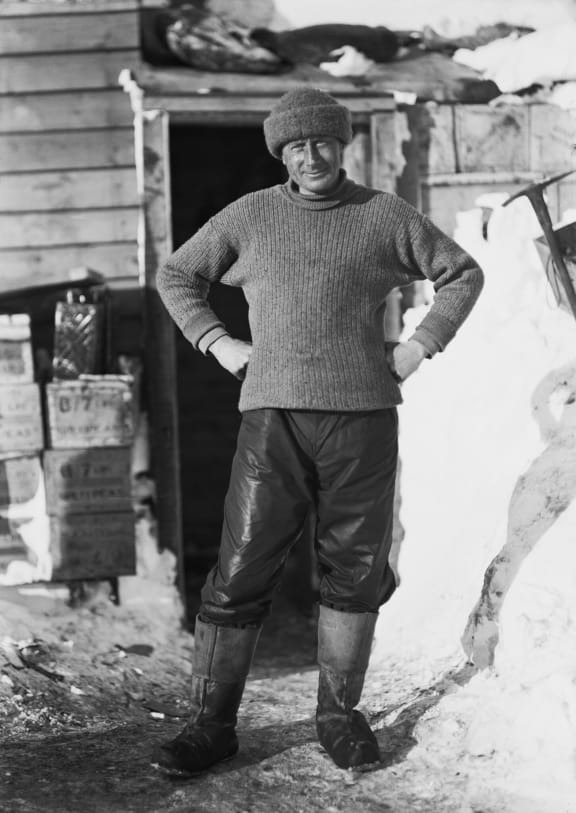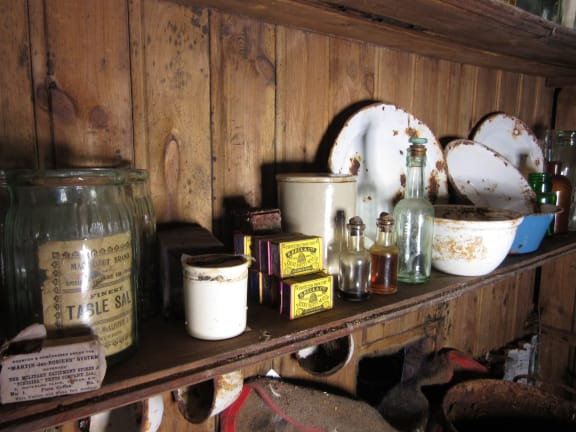A 118 year old painting by one of Captain Scott's Antarctic exploration team has been uncovered in an historic hut at Cape Adare.
The New Zealand Antarctic Heritage Trust discovered the perfectly preserved watercolour while cleaning a paper portfolio collected from a bunk in one of two huts the Trust is restoring.
It was painted by Dr Edward Wilson who died with Captain Robert Falcon Scott and three others on their return from the South Pole in 1912.
The Trust's manager of artefact conservation, Lizzie Meek says the painting was in the middle of a stack of papers stuck together by mould, dust and penguin guano and discovered by paper conservator Josefin Bergmark-Jimenez.
“In between them, not seen for 118 years, was this amazing little water colour.”
The painting is of a northern hemisphere bird called the tree creeper and was probably a prior work by Wilson brought with him on the voyage.
“We think Wilson painted it while he was recovering from tuberculosis,” says Lizzie.
“They would collect specimens and then draw them to perfect their technique.”
Scott wanted Wilson on his fateful voyage to document live penguins, she says.
It took the team a while to work out who painted it.
“We had been puzzling over it and just assumed it was by somebody from the team that lived at Cape Adare from 1899 through to 1900 and we went through all of the artistic types on that team and none of them seemed to quite fit.
“Then Josephine went to a lecture about Dr Wilson and as soon as she saw his drawing come up on the screen she recognised his style and his hand writing instantly.”
Wilson hadn’t been considered as the painter because he’s never lived there although he was connected with the hut at Cape Adare. Wilson was generous, she says, and often gave his paintings away.
The painting once restored will return to the hut and its remarkable condition is a stroke of luck hidden away from light, air and damp as it was.
“If you were designing a store room for paper materials now, to preserve them for as long as possible, having it rather cold, dark and dry would be some of the best conditions.”
